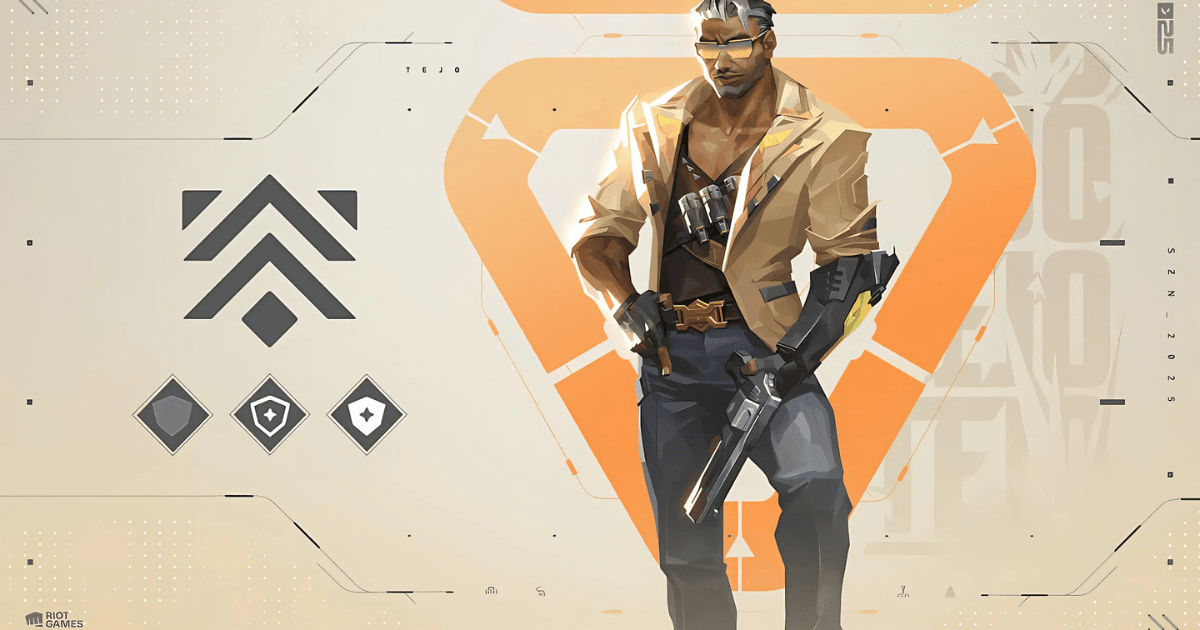

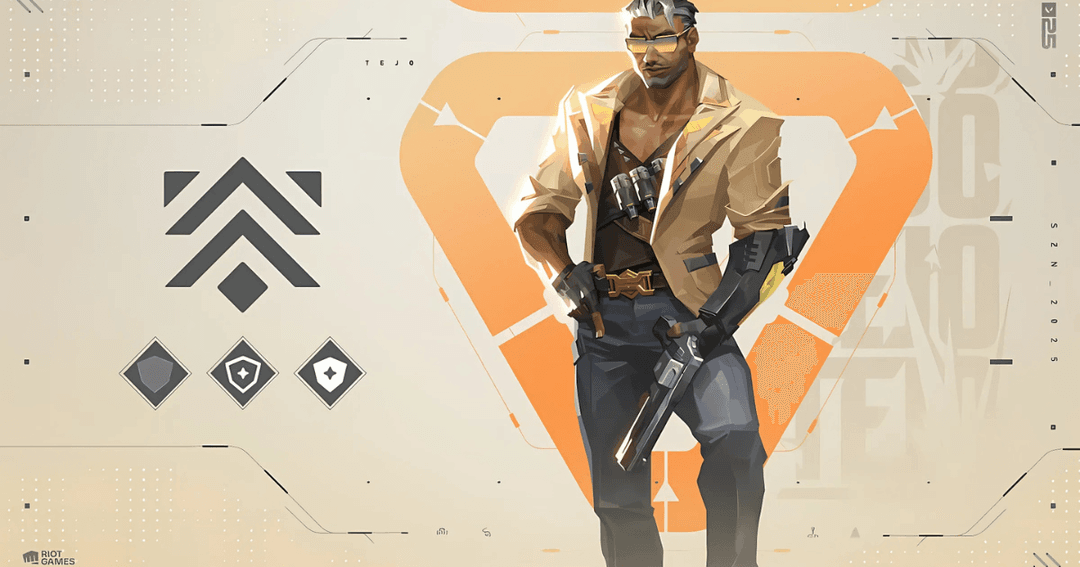
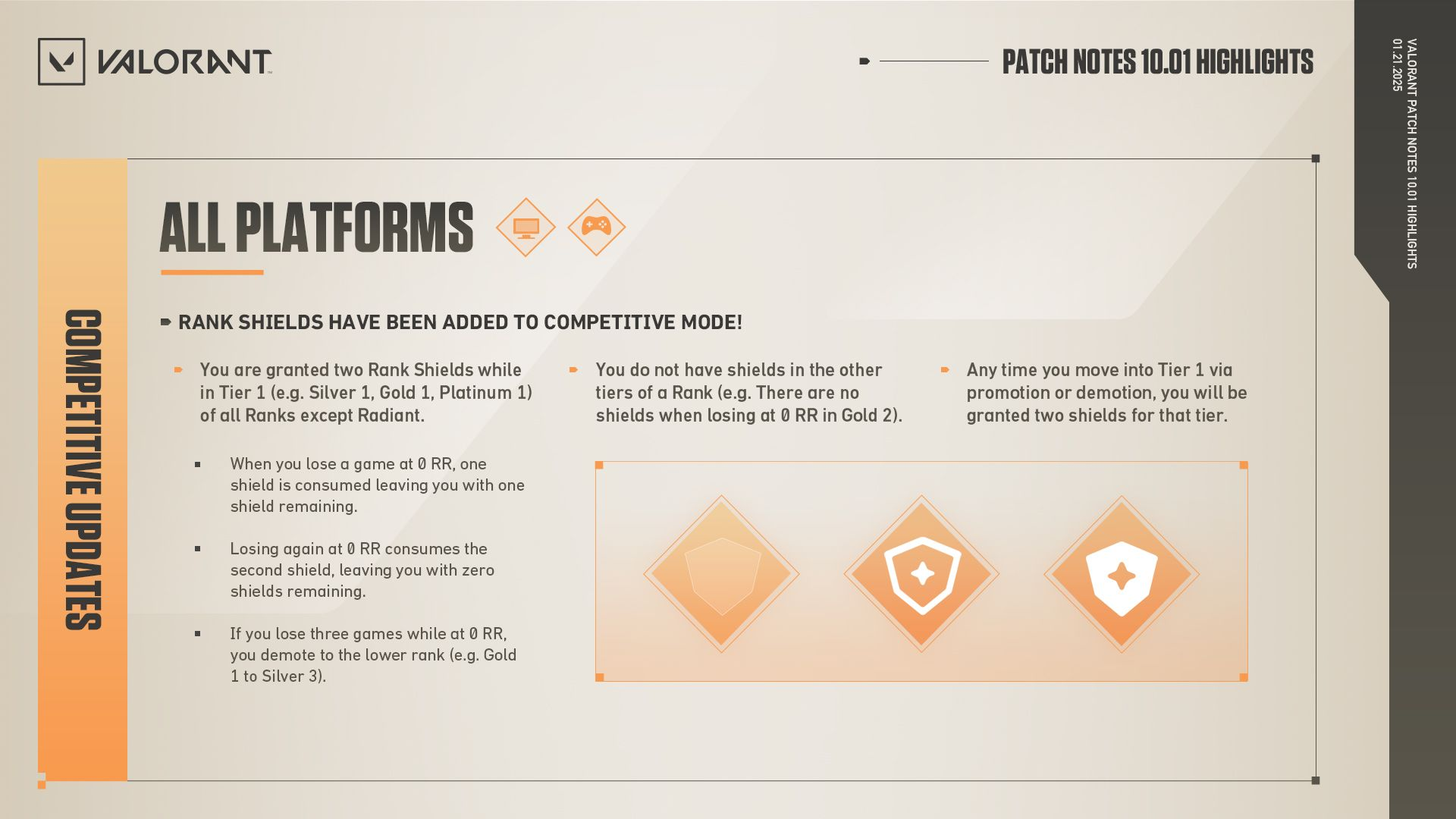
The Valorant competitive mode is a pressure cooker. You’ve grinded, you’ve clutched, you’ve finally hit that new rank. The climb is fulfilling, but the fear of slipping back down? That’s real. Dropping a tier after just reaching it stings. This is why Riot Games introduced Rank Shields to competitive mode in Patch 10.01, a subtle but crucial mechanic to offer a small protective buffer against demotion. Understanding rank shields in Valorant is essential for anyone serious about climbing.
So, what exactly is this rank shield everyone mentions after a tough loss streak? It's not an item you equip, but rather a new feature of the Valorant rank system designed to prevent immediate derank.
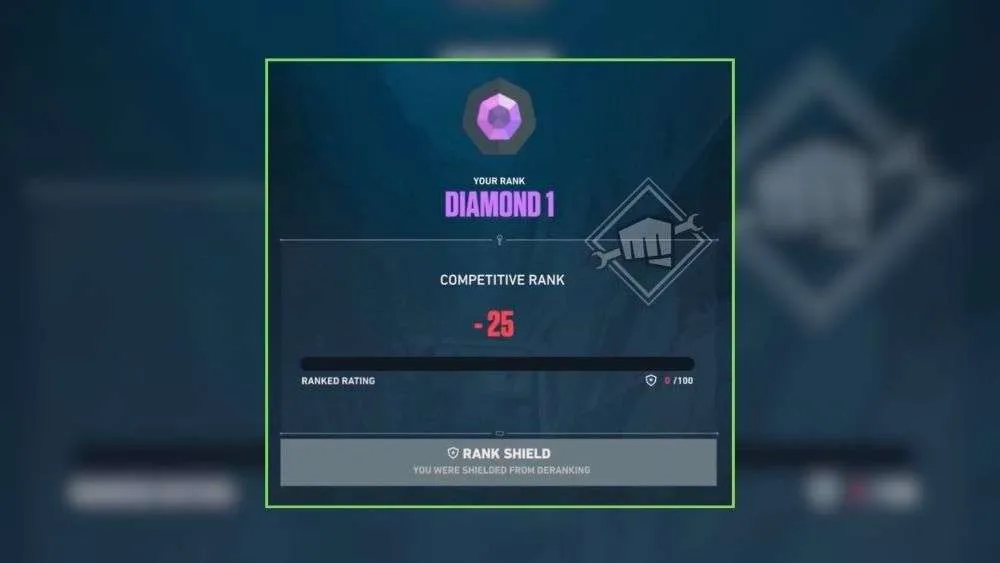
Imagine this: you've just promoted to Gold 1. Congratulations. Now, you play a few more matches, and things may not go your way. Your Rank Rating (RR) starts to drop. Eventually, you hit the 0 RR mark at the bottom of Gold 1.
This is where the Rank Shield comes into play.
Normally, losing a match at 0 RR would instantly send you down to Silver 3. But with the Rank Shield active (specifically for dropping between ranks, like Gold 1 to Silver 3), you get a two-shield safety net. Think of it as demotion protection. You'll see an indicator, often visually represented as a shield icon near your rank details, signifying that your protection is active.
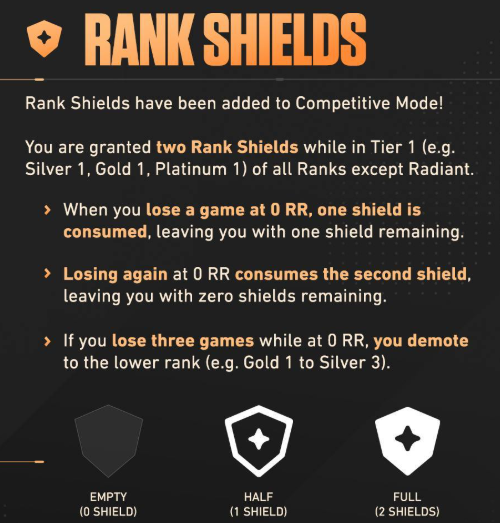
One shield is consumed upon losing one match while at 0 RR in that tier 1. When you lose a game at 0 RR, one shield is consumed, leaving you with one shield remaining. Losing again at 0 RR consumes the second shield, leaving you with zero shields remaining. If you lose three games while at 0 RR, you demote to the lower rank (in this case, Silver 3). However, if you manage to win the next game after hitting 0 RR, you'll gain RR as usual, move off the zero mark, and your shield remains intact, but this win will not replenish your shields either.
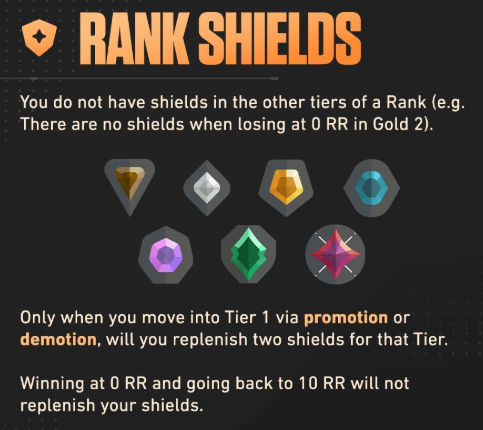
You do not have shields in the other tiers of a Rank (e.g., there are no shields when losing at 0 RR in Silver 3).
Only when you move into Tier 1 (e.g., Silver 1, Gold 1, Platinum 1) via promotion or demotion will you replenish two shields for that tier.
This rank shield system applies to every rank except the very top – Radiant. Once you're playing amongst the elite, the safety nets come off.
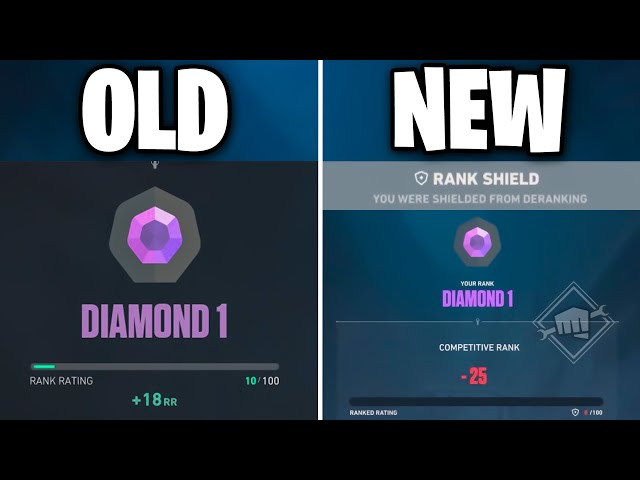
This new safety net feature wasn't thrown in randomly. The introduction of rank shields aimed to improve the overall experience as rank shields are exclusive to tier 1 competitive experience in Valorant.
Constant fear of demotion can negatively impact gameplay. Knowing you have that small buffer can alleviate some pressure, allowing players to focus more on the match at hand rather than obsessing over a single loss, potentially undoing their progress. It helps maintain competitive integrity by smoothing out the sometimes harsh rank transitions.
Let's face it, matchmaking can sometimes throw curveballs. A single bad game, or an unlucky streak immediately after ranking up, felt disproportionately punishing before robust demotion protection was introduced. The shield system provides a slightly gentler curve, acknowledging that performance fluctuates. It prevents scenarios where a player, such as a Silver 1, would instantly drop back after one unfortunate match at 0 RR, giving them a chance to recover.
Climbing the competitive mode ladder takes time and effort. The rank shield system subtly acknowledges this by providing that slight cushion. It makes the new Valorant rank system more understandable. Rank progression feels a bit more stable and less like walking a tightrope without a net, especially when moving between major ranks.
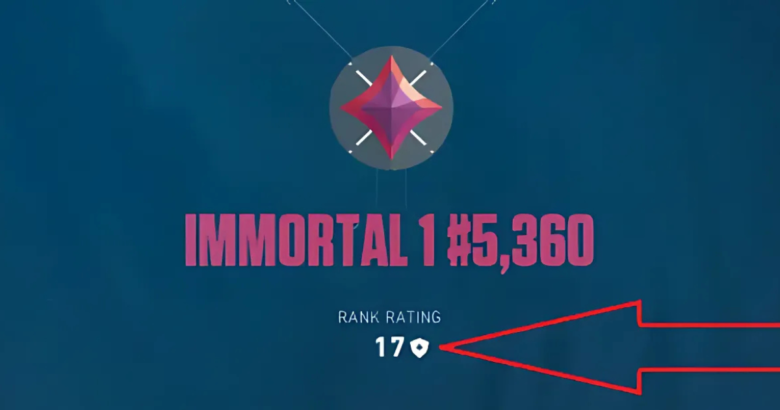
While the core Rank Shield concept provides demotion protection, Valorant is a constantly evolving game. Riot Games frequently releases updates, and systems like ranked play are often refined. RR gains or losses, or perhaps subtle tweaks to how placement matches or rank resets interact with these systems.
It’s important to check the official patch notes released by Riot Games for the most updated information. While the fundamental idea of the rank shield at 0 RR in Tier 1 persists, the context around it, like initial RR placement after demotion or protection after first achieving a new rank, might see adjustments over time. The new rank shields mechanic, as part of the overall ranked system, ensures the climb remains challenging but fair.
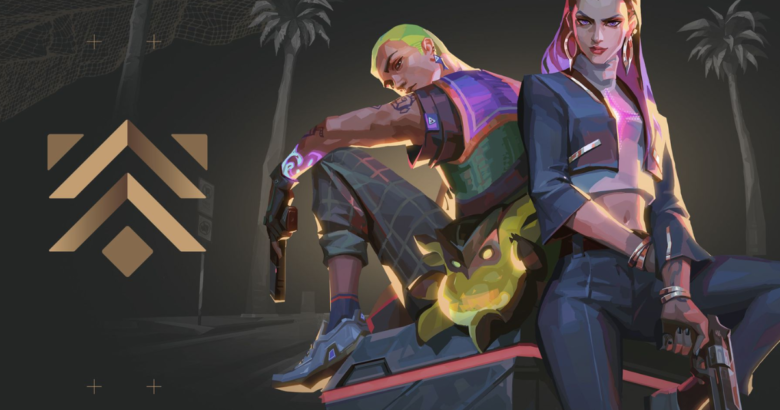
Understanding how Valorant Rank Shields work helps manage your mental game.
Don't Panic at 0 RR: Rank shields are exclusive to tier one. If you hit zero RR in Tier 1 of your rank, remember you likely have that shield. Treat the next match seriously, but don't let the fear of instant demotion paralyze you.
Recognize the Stakes: the impact of your given rank. Conversely, if you lose that match at 0 RR and consume your shield, know that the next loss at 0 RR will result in a derank. Play accordingly.
Focus on Improvement: Ultimately, Rank Shields are a buffer. The best way to avoid worrying about demotion is to consistently improve and win more matches than you lose.